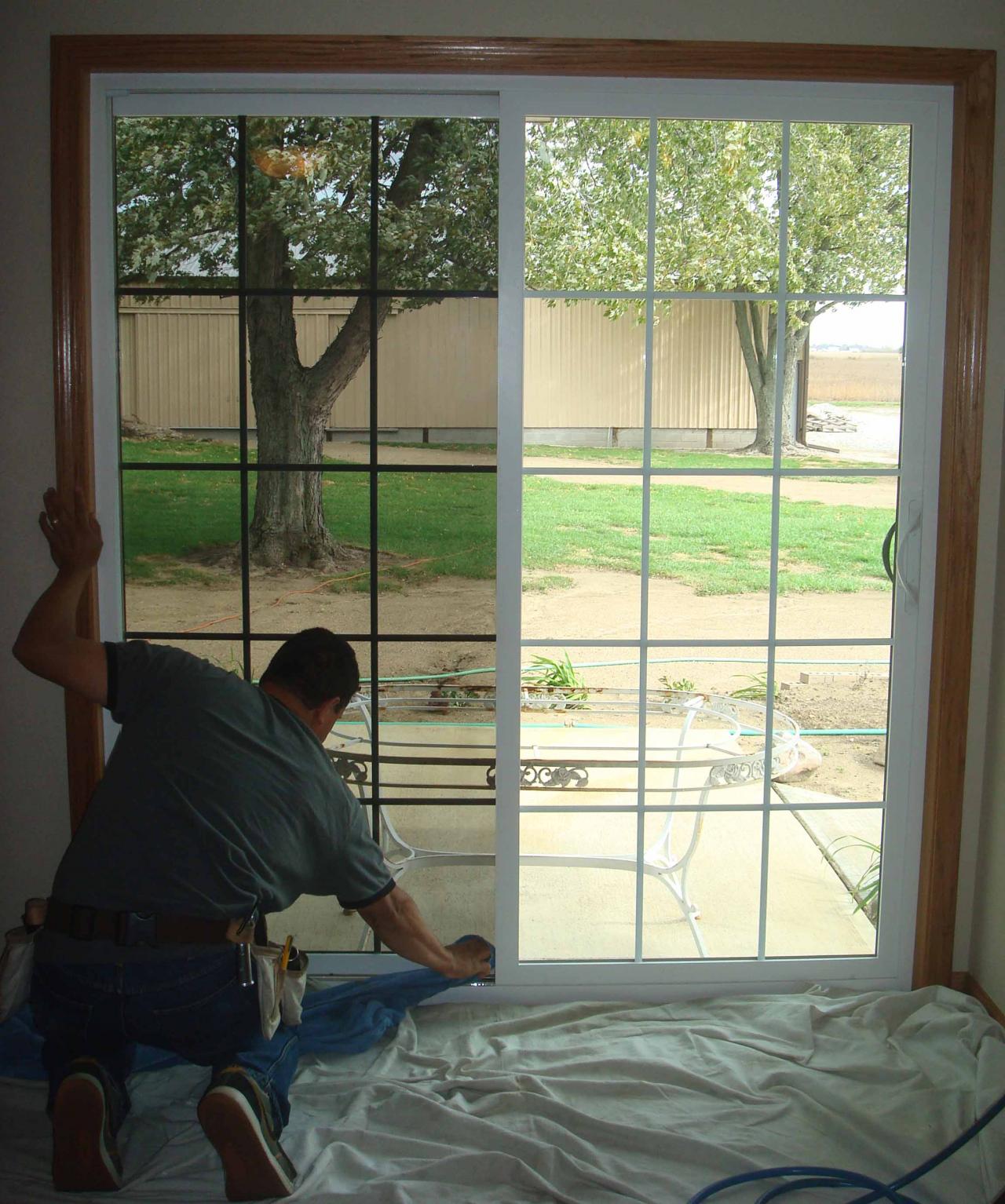How Residential Window Tinting Improves Your Home's Energy Effectiveness
Residential home window tinting provides a compelling service for home owners seeking to boost energy effectiveness within their home. By using specialized movies to windows, it efficiently reduces warmth transfer, consequently stabilizing interior temperature levels and minimizing the requirement for extreme heating or cooling. This not only reduces energy intake yet also provides an extra comfy environment by alleviating glare. However, understanding the subtleties of how tinting works and selecting the appropriate type for your home can be pivotal. Strangely enough, what aspects should one think about prior to making this financial investment?
Comprehending Window Tinting
Comprehending home window tinting is important for house owners seeking to boost both comfort and power performance in their living rooms. Residential Window Tint. Home window tinting includes the application of a thin film to the interior or exterior surface area of glass home windows. This film can dramatically regulate the amount of sunshine and warmth that goes into a home, therefore influencing indoor environment conditions
There are different kinds of home window tinting films available, each with distinctive residential or commercial properties. As an example, colored films absorb solar power, while reflective films deflect it far from the glass surface area. Ceramic movies supply an equilibrium of visibility and warmth rejection, making them a preferred option amongst house owners. The efficiency of window tinting is frequently determined by its Visible Light Transmission (VLT) portion, which shows how much light can go through the movie.
Benefits of Energy Performance
Window tinting not just boosts aesthetics yet also plays a substantial role in boosting power performance within residential spaces. By reducing warmth transfer through windows, colored movies create a much more steady interior climate, which can bring about significant reductions in energy usage for cooling and heating. This power performance converts right into reduced utility bills, offering home owners with substantial long-lasting financial savings.

In addition, home window tinting improves the comfort of living rooms. By lessening glare and obstructing unsafe UV rays, colored windows produce an even more enjoyable environment, which can bring about enhanced well-being for owners. The defense against UV rays additionally assists preserve furnishings and flooring from fading, adding to the durability of household things.
Exactly How Tinting Functions
Tinting films run with a combination of sophisticated materials and modern technologies developed to regulate the amount of solar power going into a home. Primarily made up of polyester, these movies commonly incorporate ceramic or metallic bits that mirror and take in warmth. This dual capability enables them to considerably lower the penetration of ultraviolet (UV) rays and infrared radiation while allowing visible light to go through.
The performance of window tinting is determined by its solar warmth gain coefficient (SHGC), which suggests just how much solar energy is transferred via the window. Lower SHGC worths are preferable as they signify better warmth rejection. Furthermore, home window tints can include a selection of shades, enabling home owners to customize their aesthetic preferences while boosting power efficiency.
Additionally, these movies work as an obstacle, preventing warm loss during cooler months by mirroring indoor heat back into the home. This thermal insulation impact matches the air conditioning advantages obtained throughout warmer months, adding to a balanced indoor climate year-round. By managing solar energy successfully, property home window tinting not just boosts convenience yet additionally plays an essential duty in reducing energy consumption and lowering energy costs.
Picking the Right Color

There are different kinds of home window films available, including colored, metalized, and ceramic. Ceramic movies give outstanding warm control without jeopardizing presence and are very durable, making them a prominent option.
Noticeable light transmission (VLT) is an additional crucial element, as it suggests the amount of natural light that can travel through the colored glass. Home owners need to pick a color with a VLT that complements their lighting preferences while still offering sufficient glare reduction.
Additionally, assessing the solar heat gain coefficient (SHGC) can help determine how well a tint can block warmth from sunshine. A reduced SHGC shows far better warmth control, inevitably improving power effectiveness.
Setup and Maintenance Tips
Appropriate installation and maintenance are vital elements in making the most of the advantages of domestic home window tinting. Experts also like this utilize specialized devices and methods, which can improve the resilience and efficiency of the color.
Following installation, maintenance is necessary to prolong the life of the window film. It is recommended to wait at least 30 days before cleaning up the colored home windows to permit the adhesive to cure completely.
Furthermore, normal inspections are useful. Inspect for any kind of peeling or bubbling, which can show improper setup or use with time - Residential Window Tint. Resolving these issues promptly can avoid additional damages and preserve energy effectiveness. By adhering to these setup and maintenance suggestions, house owners can guarantee their home window tinting continues to supply considerable energy savings and comfort for several years more helpful hints ahead.
Final Thought
In verdict, property Find Out More home window tinting serves as an efficient option for improving energy effectiveness within homes. By reducing warm transfer and obstructing dangerous UV rays, window films add to lower energy intake and improved interior convenience.
Window tinting includes the application of a slim film to the interior or outside surface area of glass windows. By minimizing warmth transfer through windows, colored movies create a much more steady interior environment, which can lead to significant reductions in energy usage for home heating and cooling.The effectiveness of window tinting is gauged by its solar warmth gain coefficient (SHGC), which indicates exactly how much solar power is sent through the window. By handling solar energy successfully, domestic window tinting not only improves convenience yet additionally plays a vital role in decreasing power usage and decreasing energy costs.
By lowering warmth transfer and blocking hazardous UV rays, window films contribute to reduce energy consumption and enhanced indoor comfort.